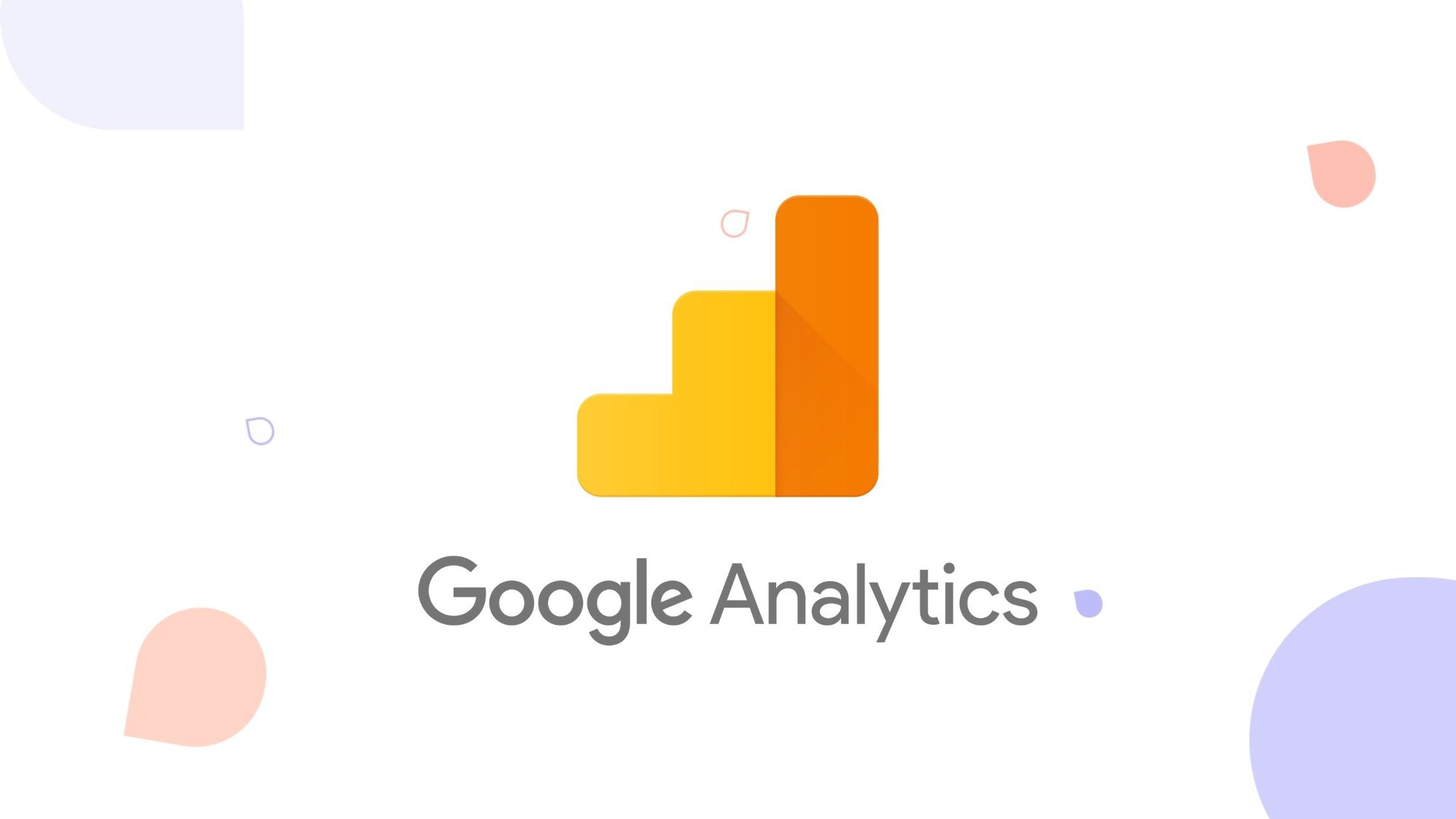Master Site Insights With Accurate Google Analytics Monitoring Code
The reliable application of Google Analytics pivots on the accurate application of its monitoring code, a basic step typically overlooked by website proprietors. What are the common pitfalls that could threaten your monitoring initiatives, and exactly how can you make certain accuracy in your strategy?
Comprehending Google Analytics Fundamentals
Google Analytics is an essential tool for web site proprietors and online marketers, providing vital understandings into customer habits and web site efficiency. At its core, Google Analytics accumulates data regarding site visitors to a website, permitting customers to analyze metrics such as web traffic resources, user involvement, and conversion prices. Understanding these principles is important for enhancing a site's effectiveness and enhancing customer experience.
The platform employs cookies to track interactions, recording data such as page sights, session periods, and bounce prices. This details is aggregated and presented through adjustable control panels, making it possible for customers to visualize trends gradually. Trick efficiency indications (KPIs) can be monitored, such as the total variety of individuals, brand-new versus returning site visitors, and the geographical distribution of the audience.
Moreover, Google Analytics offers segmentation features, allowing users to isolate specific traffic resources or customer demographics for even more targeted analysis. By grasping these foundational elements, internet site proprietors can make enlightened choices regarding content approach, advertising campaigns, and overall site renovations. Inevitably, recognizing Google Analytics essentials is important for leveraging data to drive growth and attain service objectives efficiently.
Establishing Up Your Monitoring Code

Copy the provided monitoring code and paste it into the HTML of your website. This makes certain that the monitoring code loads prior to any type of other web content, enabling it to capture information accurately.
After installment, confirm that the monitoring code is working correctly by utilizing Google Tag Assistant or the Real-Time reports in Google Analytics - when does the google analytics tracking code send an event hit to analytics?. This step is important to confirm that your information collection is active and exact, setting the structure for insightful evaluation
Common Monitoring Code Issues
This may happen when the monitoring code is positioned in the wrong section of the web site's HTML, often leading to absent or insufficient information. In addition, having multiple instances of the tracking code on a solitary web page can result in filled with air metrics, as user interactions may be counted extra than as soon as.
Another problem develops from the usage of advertisement blockers, which can protect against the tracking code from performing entirely, therefore skewing data. when does the google analytics tracking code send an event hit to analytics?. Additionally, failing to set up filters appropriately can bring about the exemption of vital website traffic resources or the incorporation of undesirable recommendation spam, misshaping the data gathered
Site owners may also overlook the importance of monitoring code updates, specifically when moving to Google Analytics 4 (GA4) from Universal Analytics. Last but not least, not enough screening prior to introducing changes can result in undetected errors in the tracking code, better making complex data reliability. Dealing with these common concerns is critical for making certain exact tracking and insightful analytics.
Studying Web Site Data Effectively
Exact data collection is only the initial action in leveraging Google Analytics; the real worth hinges on efficiently analyzing that data to drive enlightened decision-making. To achieve this, it is necessary to recognize key performance indications (KPIs) that line up with your business goals. Concentrate on metrics such as conversion rates, customer interaction, and traffic sources, as these will supply insights into customer habits and the overall performance of your site.
Making Use Of Google Analytics' segmentation attributes enables a much deeper understanding of your audience. By breaking down information into particular demographics, behaviors, and web traffic networks, you can uncover patterns and patterns that educate targeted methods. Implementing personalized reports and dashboards can simplify this process, making it possible for fast access to pertinent data.
In addition, routinely assessing data fads in time aids to identify abnormalities and opportunities for renovation. Use visualization devices to existing data in More about the author a quickly absorbable format, helping with more effective communication with stakeholders. Inevitably, the capacity to analyze website information efficiently equips services to make critical decisions that boost individual experience, optimize marketing efforts, and drive growth.

Best Practices for Accurate Monitoring
Executing efficient monitoring techniques is important for acquiring trustworthy data in Google Analytics. To ensure exact tracking, start by appropriately mounting the Google Analytics tracking code on every web page of your site. This can be achieved via a tag supervisor or by directly installing the code right into the HTML.
Following, configure your Google Analytics account to omit interior web traffic. This can be done by setting up filters that identify and remove check outs from your company's IP address, thereby protecting against manipulated information. Furthermore, use occasion tracking to monitor particular individual communications, such as downloads or video plays, which conventional page views may neglect.
On a regular basis examine your tracking configuration to validate that all attributes, such as objectives and ecommerce tracking, are working appropriately. Establish a constant identifying convention for your events and campaigns page to facilitate simpler coverage and evaluation.
Lastly, consider leveraging UTM parameters for campaigns to obtain insights right into the efficiency Full Report of different advertising efforts. By complying with these ideal techniques, you can improve the precision of your data collection and analysis, inevitably resulting in more educated decision-making for your site.
Verdict
Precise execution of the Google Analytics tracking code is important for understanding web site understandings. By making sure the monitoring code is properly positioned and consistently examined, site owners can catch vital user interaction data, hence helping with the recognition of crucial performance indications. Reliable evaluation of this data, incorporated with adherence to ideal techniques, allows notified decision-making and the optimization of on-line approaches. Ultimately, a durable tracking framework enhances the ability to drive involvement and enhance general website performance.

Not enough testing before launching modifications can result in unseen mistakes in the tracking code, further making complex information dependability.Applying efficient tracking methods is vital for getting reliable information in Google Analytics. By guaranteeing the tracking code is properly positioned and consistently audited, internet site proprietors can capture essential individual communication information, therefore promoting the recognition of vital efficiency indications.